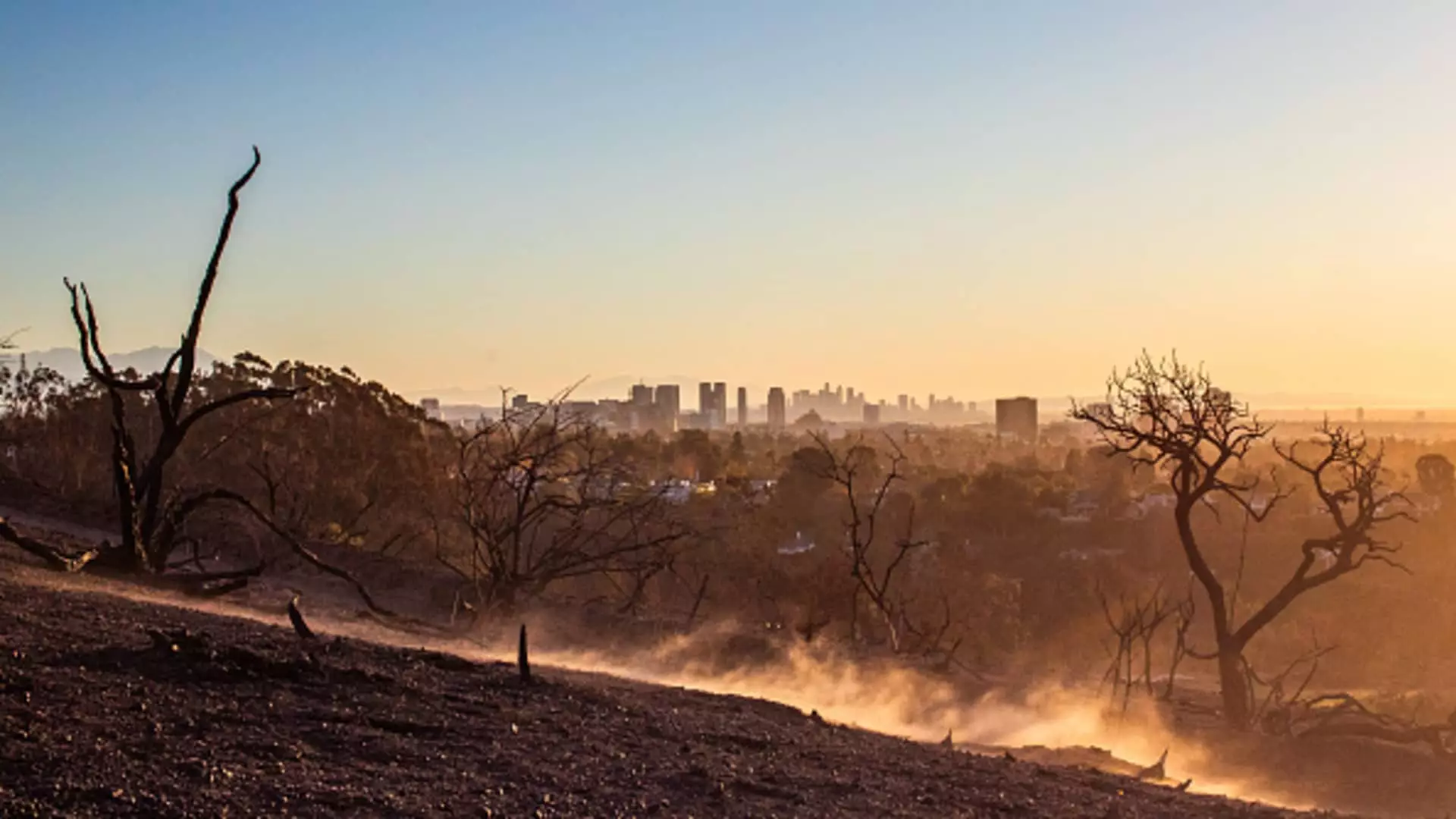Natural disasters have increasingly become a pressing concern for homeowners across the United States, with California’s recent wildfires highlighting the repercussions for insurance premiums nationally. The confluence of escalating weather events and regulatory frameworks surrounding insurance are shaping the future of home coverage, leading to concerns about affordability and accessibility for many. This article delves into the factors contributing to rising insurance costs, the implications for homeowners, and the possible future landscape they may face.
Insurance rates have been climbing steadily, and not just in reaction to recent disasters. In California, where wildfires have ravaged vast areas, estimates suggest the insured losses could exceed $20 billion, as per forecasts by JPMorgan and Wells Fargo. This staggering figure is reflective of the broader trend in the U.S., where homeowners insurance is less about safeguarding assets and more about navigating financial survival amidst increasing risks. Patrick Douville of Morningstar highlights the critical role of risk-based pricing, which suggests that premiums must reflect the heightened risk of future claims due to natural disasters.
A watershed moment occurred when California’s Department of Insurance updated regulations, paving the way for significant premium increases for policies held in wildfire-prone regions. The statistic that a single fire claim can escalate premiums by 29%, or even double this figure after two claims, serves as a stark warning for policyholders as they delink coverage from costs in a volatile market.
While the immediate concerns may seem localized, the implications of California’s wildfires ripple across the nation. Homeowners in less disaster-prone areas often wonder if they will also see premium increases, with experts like Janet Ruiz explaining that while rates in one state are insulated from the disaster losses of another, insurers employ a compensatory approach. When states with stringent regulations limit rate adjustments, the resulting strain is often shifted to less-regulated states, thus dissociating the cost of premiums from actual risk assessment.
Regulatory systems vary widely across states, creating inequalities. High costs must be absorbed, driving insurers to accumulate adequate funds to meet claim obligations. Holden Lewis of NerdWallet adds to this narrative by indicating that insurers, operating on a broader regional basis, are likely to offset losses in one area by raising rates in another, generating an intricate web of financial implications for homeowners.
The drivers of rising insurance premiums are fundamentally intertwined with climate change. As extreme weather events become more frequent—17 different disaster incidents each surpassing $1 billion last year—the insurance landscape must adapt to these realities. A 2023 S&P Global Market Intelligence report stated that average home insurance rates surged by over 33% from 2018 to 2023, with an alarming jump in costs reported throughout the last year alone.
Homeowners are advised to pay keen attention to the factors influencing their premiums, including geographical vulnerabilities. As noted in research by Realtor.com, nearly half of homes in the U.S. are at risk of severe environmental damage, a stark reminder of the need for thorough risk assessments during policy renewals and potential adjustments in coverage.
One crucial aspect of the discussion around increasing premiums is the escalating costs of rebuilding post-disaster. The economic fallout of rebuilding a home has dramatically surged in recent years. Data suggests the costs to reconstruct homes have nearly doubled, making it critical for homeowners to reassess their coverage limits.
NerdWallet’s Lewis cautions that many homeowners unknowingly remain underinsured because they fail to update their policies in accordance with current rebuilding costs. Expert advice emphasizes the need to consult local contractors for updated estimates before renewing policies to ensure adequate coverage levels.
In light of the evolving insurance landscape, homeowners are urged to take proactive steps. Establishing updated assessments for rebuilding costs and being vocal about coverage needs with insurance agents can help alleviate some pressure stemming from rising premiums. Moreover, considering additional coverages such as flood insurance—often excluded in standard policies—can provide crucial protection against the unforeseen.
Consumer awareness and engagement will serve as the first line of defense against the financial repercussions stemming from natural disasters. The shift in the insurance market underscores the urgency for homeowners across the nation to not only understand their current policies but to advocate for adjustments reflective of the risks they face.
As natural disasters become a fixture of life, the ramifications for homeowners’ insurance will only intensify. Awareness, proactive management of policies, and informed discussions with industry experts are vital as we navigate this complex terrain fraught with uncertainty.

